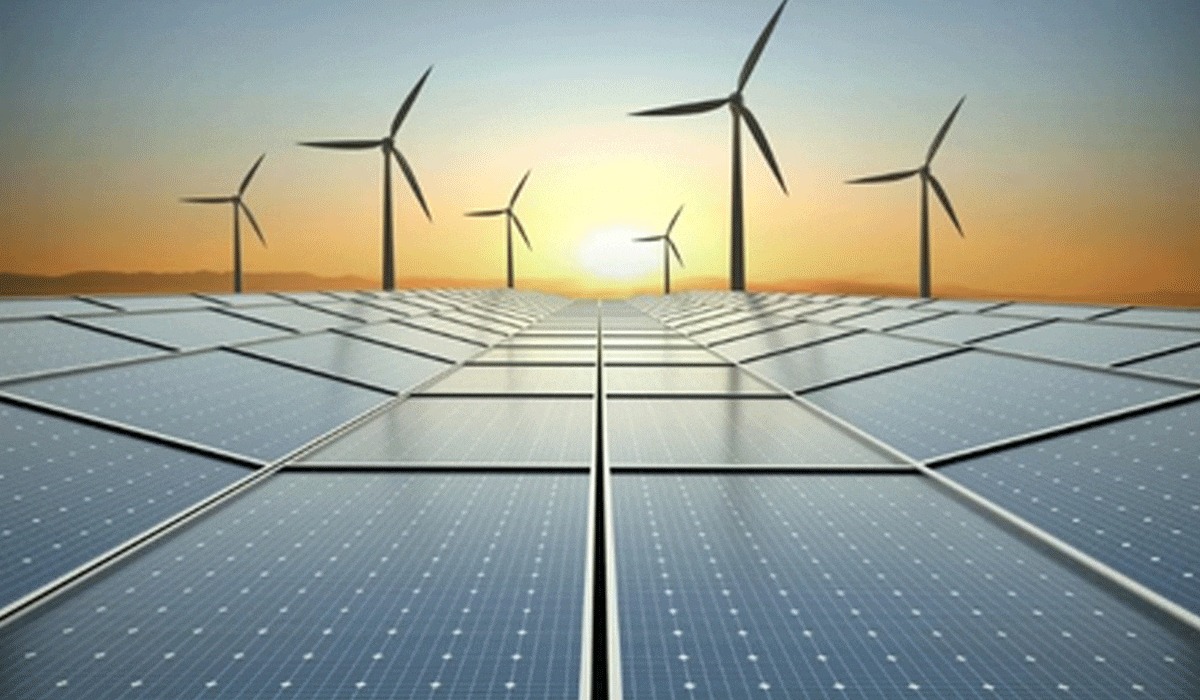India adds record 25 GW renewable capacity in April-Sep, solar power leads
Led by solar power, India added a record 25 GW renewable capacity in the April-September period this year, Minister of New and Renewable Energy Pralhad Joshi said on Friday.

New Delhi: Led by solar power, India added a record 25 GW renewable capacity in the April-September period this year, Minister of New and Renewable Energy Pralhad Joshi said on Friday.
With approximately 125 GW of solar capacity, India is now the world’s third largest solar producer.
“India achieves a historic feat in clean energy with a record 25GW renewable capacity added in April-September 2025 (H1FY26), led by solar power. This milestone reflects PM Narendra Modi’s vision for a brighter, sustainable future, as the nation accelerates its journey to global leadership in renewables,” the minister said in a post on X.
Also Read: Best left-handed opener in Test: Jaffer, Kaif and Pathan laud Jaiswal after his ton against WI
This milestone reflects PM Modi’s vision for a brighter, sustainable future, as the nation accelerates its journey to global leadership in renewables, he added.
The country has achieved its renewable energy targets five years ahead of the schedule, crossing the 50 per cent mark in overall installed electricity capacity from non-fossil resources.
Speaking at the curtain-raiser event for the 8th session of the International Solar Alliance (ISA) assembly, scheduled from October 27-30 in the national capital, the minister said India’s success story is more than just numbers; it is about the people.
“We have seen firsthand how decentralised solar transforms lives, bring light to rural homes, powers local health centres and gives new tools to our farmers. With PM Surya Ghar Muft Bijli Yojana, more than 20 lakh households are benefiting from solar power,” according to Joshi.
He further stated that under the PM-KUSUM scheme, “we are taking this transformation to the heartland of India”.
The three components of the scheme target the installation of 10 gigawatts of small solar plants; support 1.4 million off-grid solar pumps; and solarise 3.5 million grid-connected agricultural pumps.
Together, these efforts are ensuring that clean energy reaches the last mile. It is this combination of scale and inclusiveness that defines India’s energy transition.
